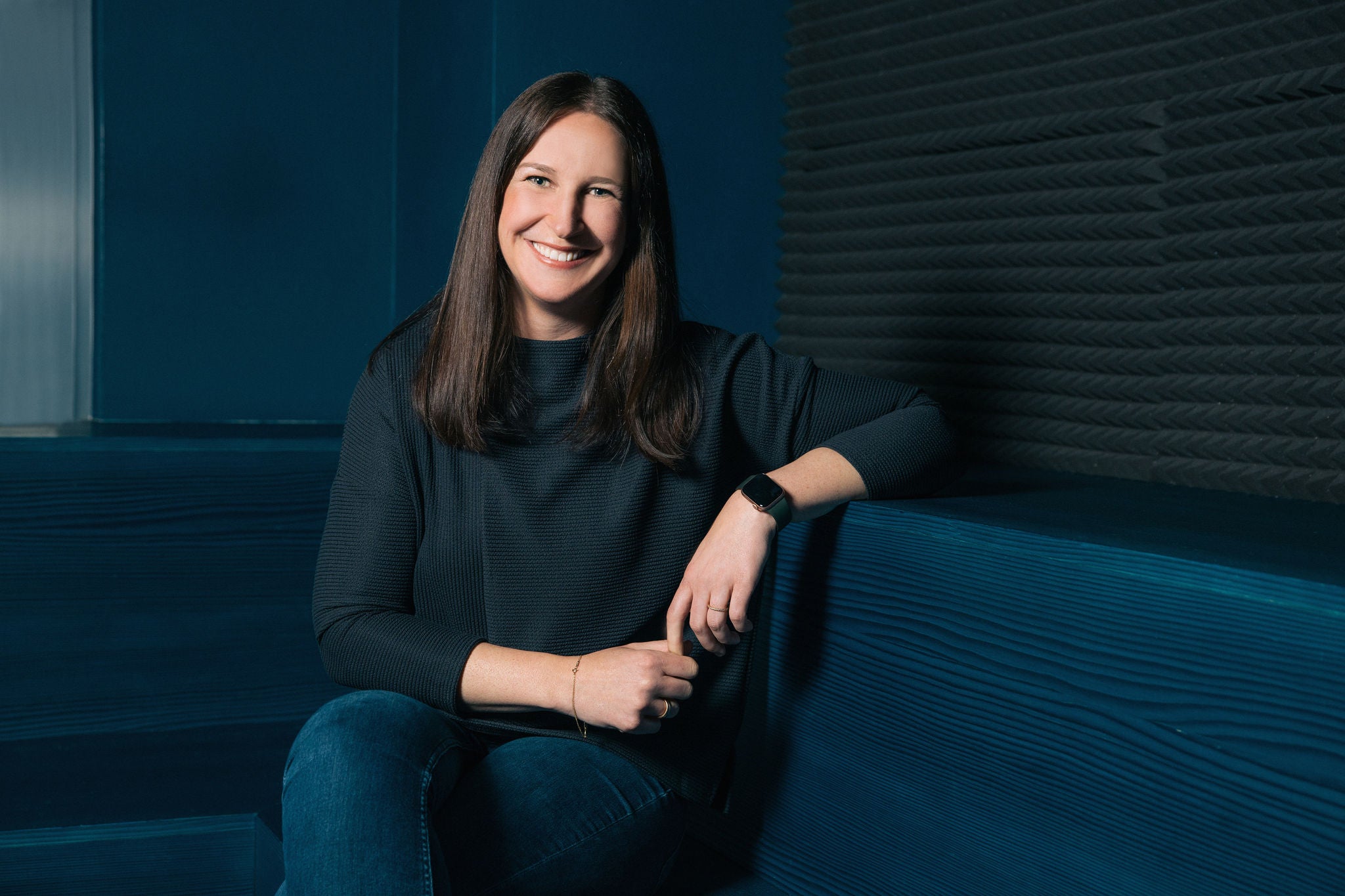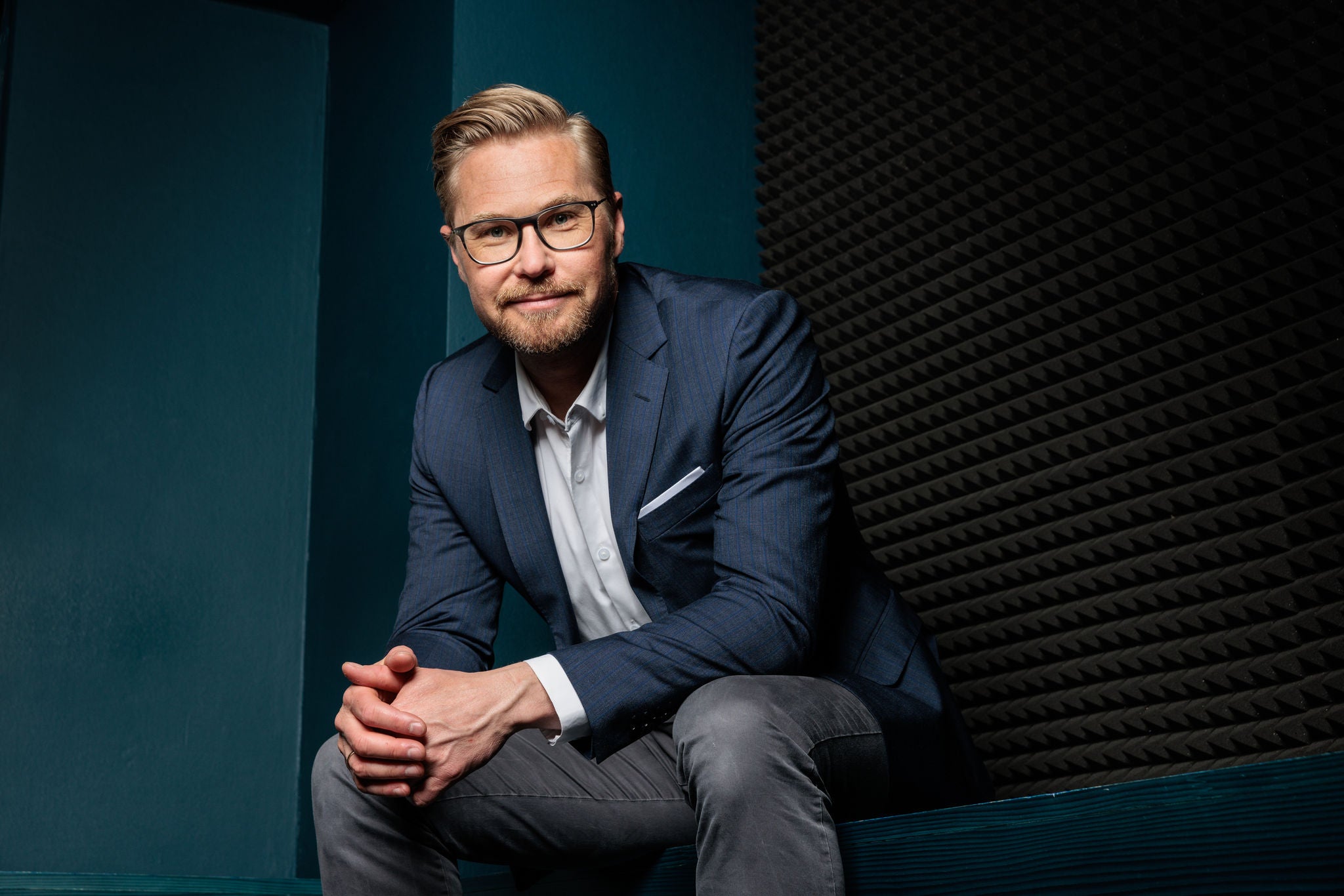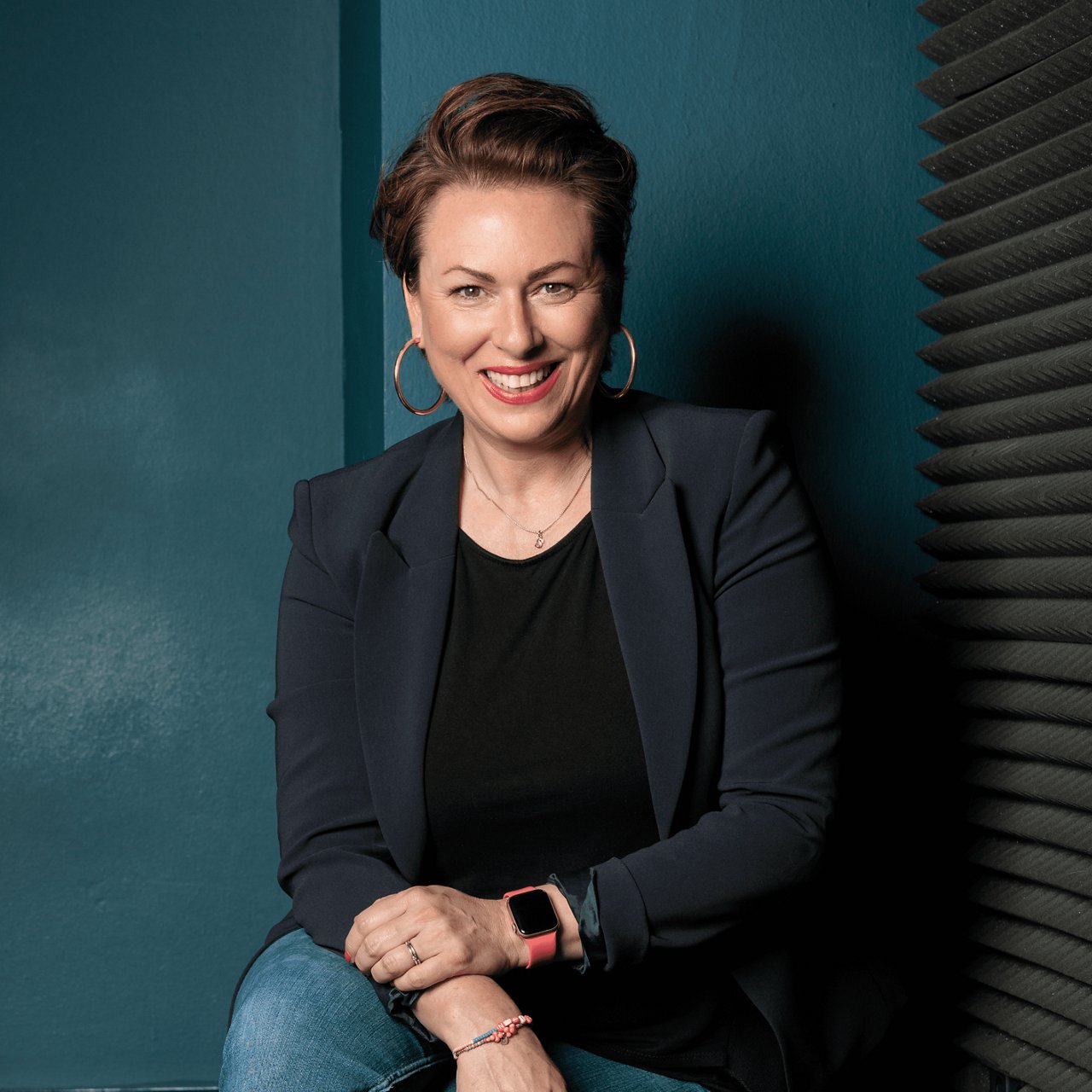According to current human estimates, over 34 million AI-generated images are created daily. ChatGPT even suggests the number is likely over 100 million.We live in a world where anyone can create (almost) any content.
Does this mean we, as creatives, are obsolete? I don’t think so.
Undeniably, AI has become an indispensable tool in content creation and creative production. Those who fail to adapt will indeed be left behind.
This year, advancements in video AI will take the quality, consistency, and control of content to a whole new level. In a production context that goes beyond layout or testing, AI will become a powerful tool for professional, targeted production.
But in a world where anyone can create anything, the focus is no longer solely on what machines can achieve. It is equally about the intention, authenticity, and emotions we, as humans, bring into the process. Because, in the end, what truly matters in every image, every video, and every piece of content is not the technology behind it, but the resonance it creates.
How can we – creatives and AI, hand in hand – generate emotional resonance for brands?
Strong Craft
True craftsmanship, in the most literal sense, remains essential in high-quality content production. Meticulous attention to craft conveys a sense of genuine appreciation to the audience, fostering a connection that AI alone (at least for now) cannot replicate. When combined with AI tools, strong craft enables storytelling to evolve, unlocks new perspectives, and makes brand messaging accessible on a global scale.
Telling Relatable Stories
“Micro-stories” that highlight personal moments and individual human perspectives create closeness, drawing audiences deeper into the narrative. This is a crucial factor for emotionally compelling content.
Cultural Anchoring
Cultural depth makes productions unique and distinguishes them from generic content. Stories, images, and films deeply rooted in a specific culture invite audiences to explore new perspectives while centering local traditions and identities.
Diversity & Inclusion
Authentically inclusive storytelling not only fosters stronger identification among viewers but also reflects the reality of an interconnected, global world. Showcasing diverse people, cultures, and perspectives will increasingly shape modern productions. However, diversity should not only be represented in the content – it should also be reflected within the production teams themselves.
In conclusion: In a world where AI grants us near-limitless possibilities, clarity is key. AI provides the tools to work faster, more efficiently, and more individually. But without a clear strategy, we risk becoming indistinguishable in an overwhelming flood of content.
I excited to integrating the many possibilities of established production logic with new technology, processes, and automation.
Interested in more content?
Back to Issue #18



